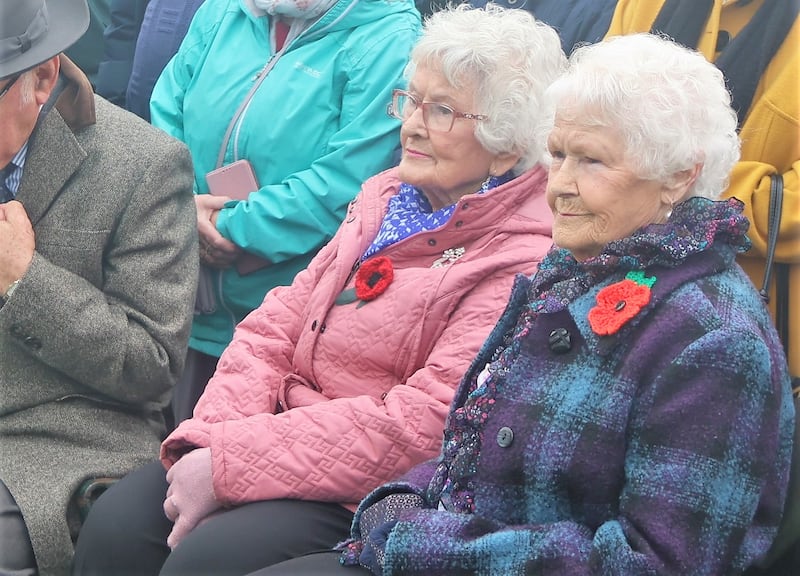While the Civil War was raging in Ireland, a house-building campaign began for veterans of a previous conflict. In 1922 work began on Killester Garden Village, the largest of the estates built in Ireland for ex-British servicemen of the first World War and their families.
When the British prime minister David Lloyd George promised “homes for heroes” in 1918, he had not envisaged that most of Ireland would be an independent nation by the time they came to be built.
Nevertheless, the British persisted in building the homes, adding valuable housing stock and providing employment at a time when both were badly needed.
More than 2,600 homes were built through the Irish Sailors and Soldiers Land Trust across the Irish Free State, and most are still there a century on.
Actor Armie Hammer resurfaces as host of celebrity podcast
Heart-stopping Halloween terror: 13 of cinema’s greatest jump scares
Doctor Odyssey’s core message: just imagine Pacey from Dawson’s Creek holding you tight and saying, ‘Shhh, it’s okay’
Conor Niland’s The Racket nominated for William Hill Sports Book of the Year
Killester Garden Village consisted of 289 homes in the area of Abbeyfield, Middle Third and The Demesne on the northside of Dublin.
Rents were structured on a “sliding scale” basis, with the ultimate aim of allowing a soldier to buy his house. What is now Killester Dart Station was opened to service the estate and there was a bus route specifically for the area run by the Contemptible Omnibus Company.
The word contemptible did not refer to the service, but to a nickname for British soldiers who were regulars at the start of the war as “the old Contemptibles”.
The area even had its own water supply tower. It was sustainable before most people even knew the meaning of the word.
Those who lived in the village were commemorated on Saturday in a well-attended wreath-laying ceremony to mark Armistice weekend.
The Killester Garden Village provided a place that was uniquely quiet and restful in comparison with the trenches of the Somme and the headlands of Gallipoli
Among those present were sisters Jessie and Nancy Brophy, who were born and reared in Abbeyfield, Killester.
Their father Jack served in the first World War in the Military Police.
He received a house in Killester, had 14 children – seven of whom survived – and then went back and served in the second World War too.
Jessie said: “I’m tearful. I feel like my mother is here. We had a wonderful life. We had nothing and yet we had everything.”

When it was built it was arranged in a “garden village” style so that the residents had plenty of open space and large gardens so they could grow food. Many also kept animals, and it was all part of a plan to help the residents to regain health and a quality of life.
Speaking at the ceremony, Lord Mayor of Dublin Cllr Caroline Conroy said the Killester village was “well ahead of its time” and based on a concept by the English urban planner Ebenezer Howard to create a semi-rural environment with low density housing and large recreational spaces.
She said the Killester concept could provide a vision of housing that enhanced mental health during our current housing crisis.
[ Irish priest killed in first World War put forward for canonisationOpens in new window ]
“Its vision was a perfect blend of nature and city. This concept was the perfect model for the Killester veterans as many of them suffered shellshock. The Killester Garden Village provided a place that was uniquely quiet and restful in comparison with the trenches of the Somme and the headlands of Gallipoli.”
The British Legion lodge, which was the centre of the community, has been vacant for 20 years, but was once a place where ex-British servicemen gathered and paraded on Armistice Day.
Killester WW1 chairman Aaron Crampton said the demise of the lodge hall meant there was nowhere people could go to find out about the unique history of the village.
Dublin City Council has approved planning permission for a memorial garden to remember the residents of Killester who lived in the area after the first World War. It will contain information panels about the history of the estate.
The garden will open in August of next year to mark the centenary of the first residents moving into Killester.





